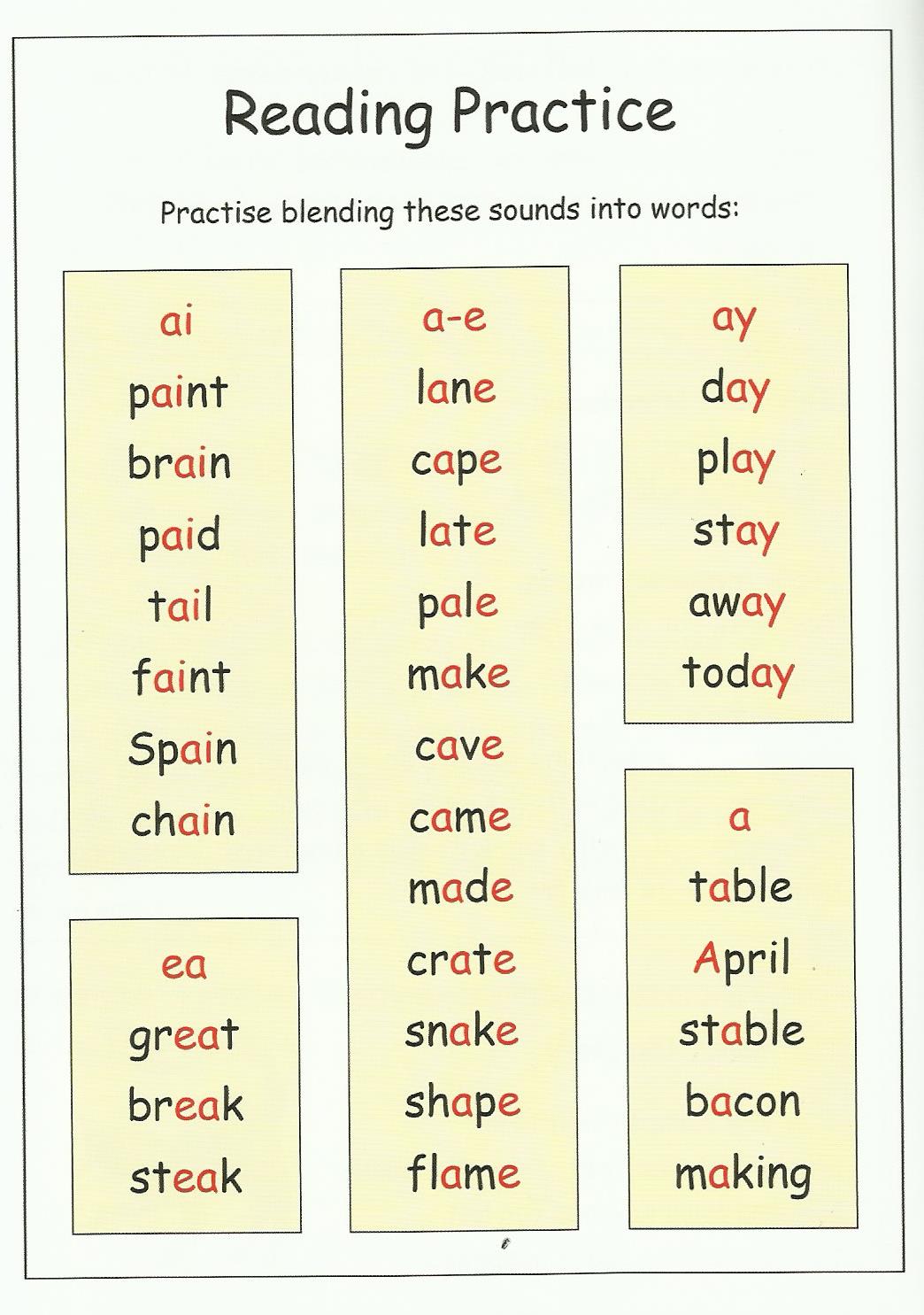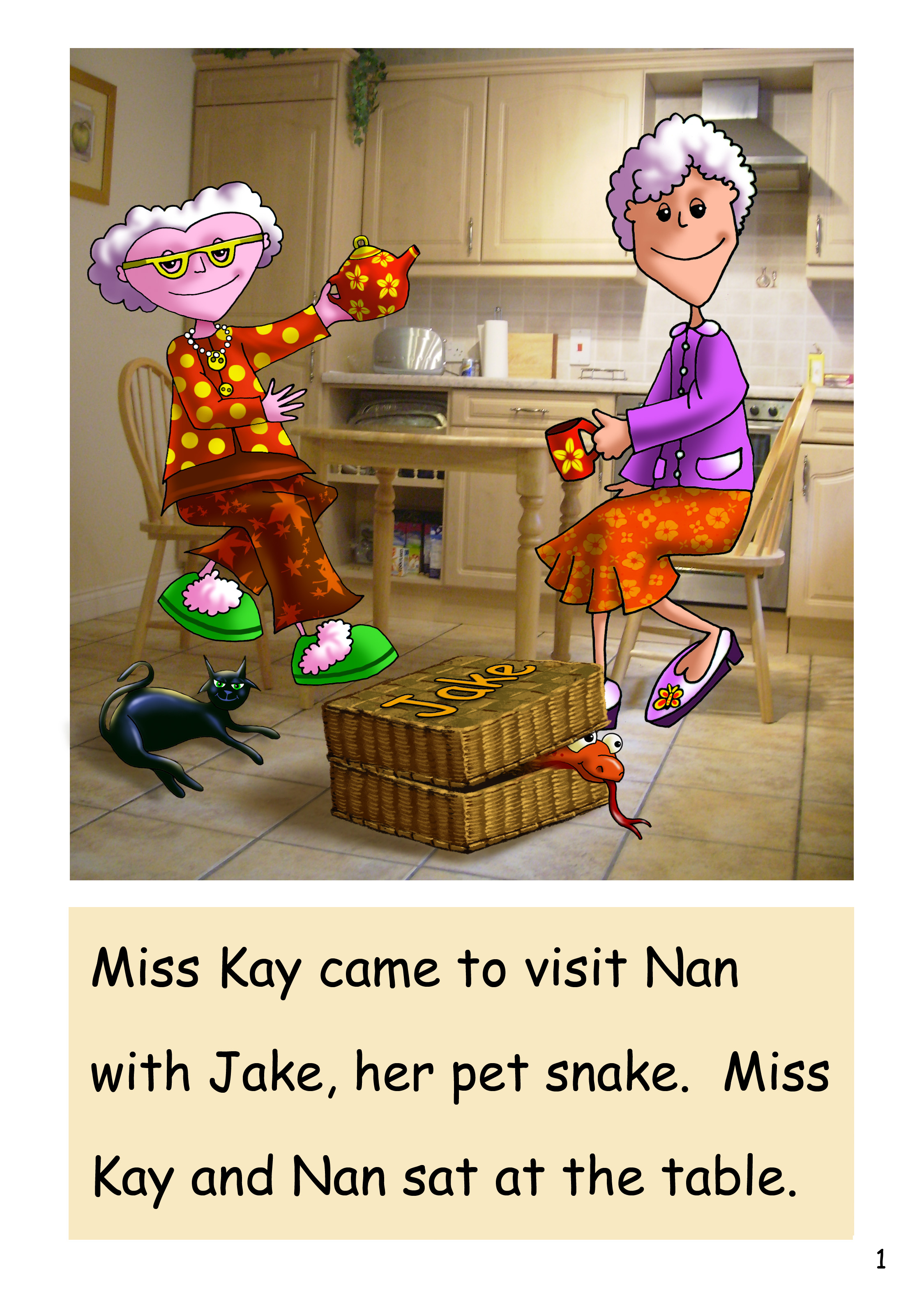One of the most difficult aspects of the English Alphabetic Code is that a sound in a word (phoneme) can be spelled in different ways. In ‘transparent’ alphabetic codes, a sound is consistently spelled the same way. Children learning to read English soon discover that many vowels and consonants can be spelled in different ways. This makes it a difficult language to learn to read and spell.
Take the sound /ee/: it can be spelled in a number of ways: see, me, real, key, field, happy, Pete and ceiling. This needs to be taught in an explicit way and is now part of all Synthetic Phonic programmes. In ‘Letters and Sounds’, alternative spellings are taught in Phases 5 and 6.
In order for children to become comfortable with this concept, it is important to teach the spellings in a comparative way not just in separate lessons. The teacher may introduce one spelling on day 1, but on day 2, he/she should include the spellings taught previously. This way there is a gradual, cumulative build up of the alphabetic code.
How to teach alternative spellings
In the Sounds-Write Reading and Spelling Programme, first children are introduced to the alternative graphemes. Then they are asked to categorise words with these graphemes into ‘teams’. It develops not only the understanding that sounds can be spelled in different ways, but allows children to learn through sorting, comparing and contrasting. When words are ordered into different categories of spellings, children can discover spelling tendencies in English, e.g. that the spelling ‘ay’ as in ‘day’ comes at the end of the word (unless it has a suffix added to it – e.g. played).
A constant reminder
A really useful way to make this concept ever-present is to have posters with alternative spellings displayed in the classroom. Beginner readers need only a few alternatives but throughout primary school children should be offered a comprehensive list of spelling alternatives. This will help improve reading and spelling all the way through to Year 6. The teacher can refer the pupil to charts when they need to spell a certain sound in a word.
In my classroom at the Bloomfield Learning Centre, I have the Smart Kids chart and I always encourage the children to refer back to it. We look at what spellings we have covered and use it to spell words when writing.
Activities that develop knowledge of alternative spellings
1. Sorting words with alternative spellings into ‘teams’ according to grapheme
2. Reading decodable books that include words with alternative spellings for a specific sound
3. Playing games where children practice reading words with alternative spellings
Here are examples of a reading practice page and text page from our Level 3 series which introduces 5 alternative spellings for the sound /ae/. Can you spot them in the text below? 

To learn more about the Sounds-Write programme visit www.sounds-write.co.uk


Reblogged this on The Echo Chamber.